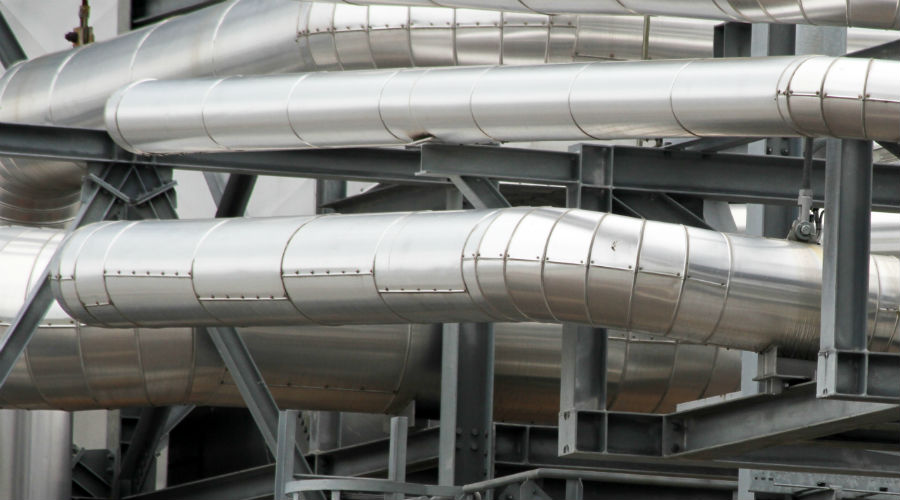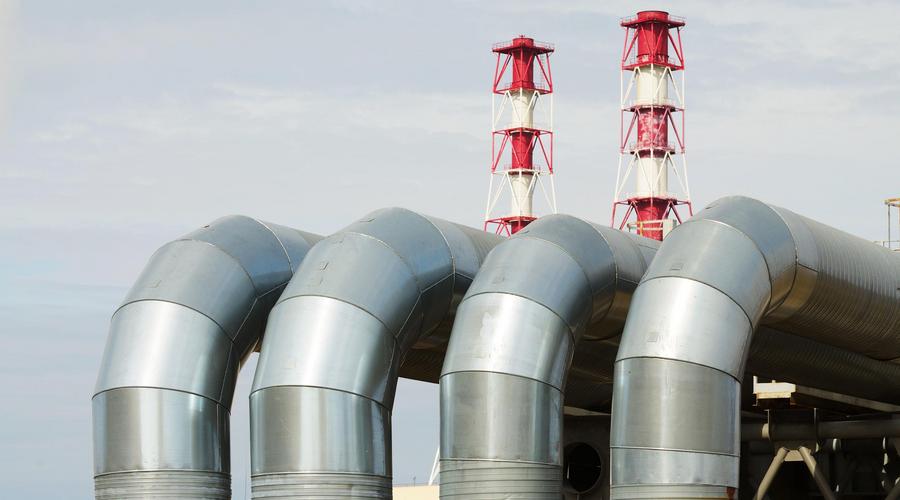Energy and Utilities
Sector Lawyers
Advising businesses that power the world.
Where there's a large and complex energy project, you'll find our team, no matter the location. We are tier 1 ranked for energy and utilities law in countries across Europe and the Middle East, and regularly support our clients across Europe, Africa, the Middle East, Asia and Australasia. Your business will be assigned a team of specialist lawyers that will speak your language, understand your needs and deliver for you.
We're known for dealing with the unique contracts and legal agreements around everything energy and utilities, globally. From emerging power generation technology like hydrogen, to the safe operation and storage of nuclear energy, to power purchasing agreements that moves energy around the world, we're here in the background every step of the way.
Whether you're an energy company, developer, investor or a business that needs to secure solutions to their energy needs, our 200+ global team of lawyers help you with finance, sourcing, green energy pledges, emissions and everything in between.
Market-leading legal advice for energy and utilities projects
Work with a globally market leading legal team at the forefront of new technologies that understands how to help you deliver results. Our 200+ worldwide specialists work across the following areas:
- Share via
Case Studies
Case Studies
Tesco to own, operate and maintain solar panels
This project was a key part of Tesco's broader commitment to use 100% renewable electricity across the Tesco Group by 2030. This specific section of the project was to help Tesco generate 10% of its energy needs onsite ahead of the larger 2030 renewable energy goal.
Read moreCase Studies
Case Studies
Acquiring two of the largest commercial greenhouses for Greencoat Capital
We advised our client on the acquisition of LCF5 and LCF6, who were constructing two of the UK's largest commercial greenhouses.
Read moreCase Studies
Case Studies
Advising the disposal of two onshore windfarms
We helped our client, Peel, on the disposal of their 50% interest in the 50MW+ Frodsham wind farm to joint venture partner Foresight.
Read moreCase Studies
Case Studies
Advising BP on its 43% equity investment in Lightsource
We advised BP on a strategically significant transaction that would ensure the company's re-entry into the alternative energy market after more than a decade. This involved an investment over $200m to fund Lightsource's international expansion.
Read moreNews and Insights
Events
Energy Insights Series -Aberdeen

Featured Insight
UK Modern Industrial Strategy and Clean Energy Industries Sector Plan: what the energy sector needs to know

Featured Insight
A roadmap to zero-emission buildings: European Commission releases 2025 EPBD Guidance

Featured Insight
EU AI Act facing an uncertain future

Featured Insight
UK Publishes 10 Year Infrastructure Strategy

Featured Insight
Energy: Powering through 2025 – key legal challenges and opportunities in Ireland

Featured Insight
Energy: Powering through 2025 – key legal challenges and opportunities in Germany

Featured Insight
Energy: Powering through 2025 – key legal challenges and opportunities in the UK

Featured Insight
Energy: Powering through 2025 – key legal challenges and opportunities in Spain

Featured Insight
Revenue support regime for Sustainable Aviation Fuels: the final approach to bankability?

Featured Insight
Consultation on Contracts for Difference: GB government-proposed changes for AR7

Featured Insight
Public procurement – the importance of clear tender rules and when to seek clarification of tenders

Featured Insight
UK Government support for the Sustainable Aviation Fuel industry

Featured Insight
The Pivotal Role of Riyadh Infrastructure Projects Centre in Shaping Riyadh's Urban Landscape

Featured Insight
Our top 5 tech trends to watch in 2025!

Key Contacts

United Kingdom

Dublin, Ireland

London, UK


United Kingdom

Manchester, UK

Aberdeen

Madrid, Spain


Germany

Edinburgh